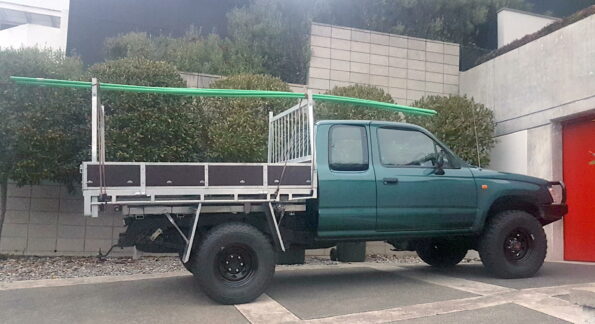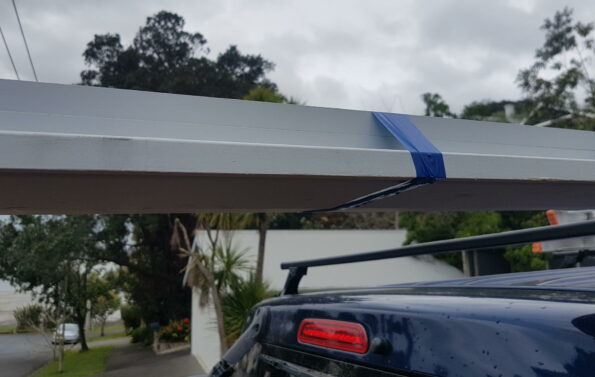The two main types of ute are wellside and flat deck, and you load them differently. With both types of utes, it’s advised to block a load against the headboard to stop it moving under braking. It’s important to protect the driver by ensuring that loads cannot break through into the cab. Poles (particularly metal poles) are especially dangerous in a frontal impact where the forces might exceed the capability of the load securing devices.
You can learn more about how to load light vehicles in this course.
Wellside utes
The tray is surrounded by two formed metal sides and a fold-down tailgate. Short items can be stacked in the tray and covered with a lockable lid or a tarp secured with bungee cords.
There are usually at least four cleats or tie down points to which either ratchet straps or a cargo net can be attached. The rating of these tie-down points will be stated in the vehicle’s manual – 200-350kg is a typical range.
Sports bars and other trim is usually not rated for tying loads to, but if you have custom welded racks, they should have a rating from the installer or manufacturer.
Heavy items must be prevented from rolling around otherwise they can dent the sides.
If carrying loose items in the tray with no lid or tarp, they must be secure so that they don’t bounce out or blow away. If carrying large items, they must be secured with ratchet straps or ropes.
It is not advisable to carry tall, narrow loads in a ute because the wellsides are not tall enough to support them; they are likely to work loose and topple over. These types of items are best carried in a cage trailer or box trailer where there are taller sides.
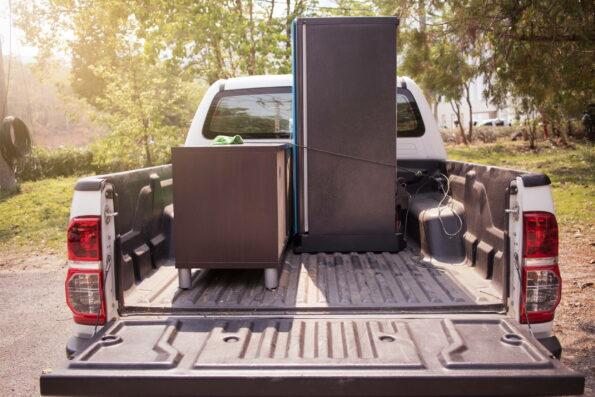
The tailgate can be lowered to accept slightly longer loads, but the load must not overhang the rear by more than the permitted amount. It must also be secured and at no risk of falling off.
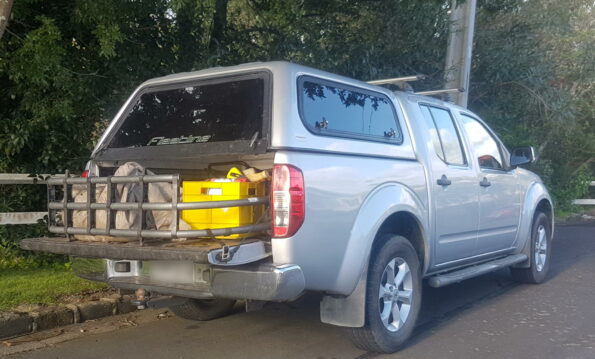
Don’t load long loads over the tailgate as well as the roof as they are difficult to secure. Put one end of the long load in the tray so it’s blocked from sliding backwards and prop the other end so it extends over the cab.
Don’t overload your ute! The maximum payload will be stated in the vehicle’s manual, but bear in mind that this is under ideal conditions.
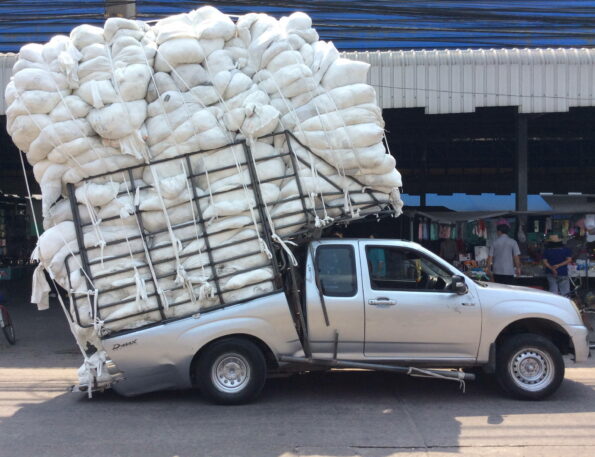
Flat deck utes
Flat deck utes are more convenient for unloading and loading because the load tray is accessible from three sides. Some utes have fold-down sides, while others don’t have sides at all.
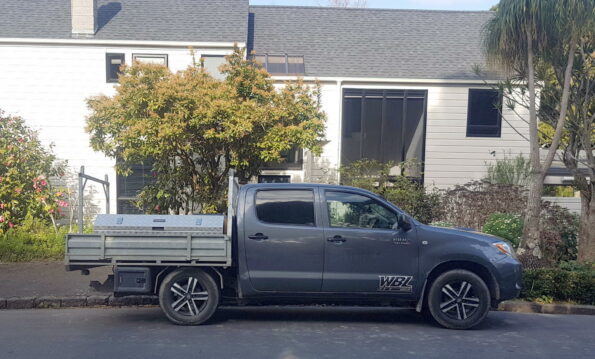
Loads on flat deck utes must be secured by straps, ropes, or (in the case of loads like sand) a tarps. Down each side there are usually rope rails to attached ratchet strap hooks to. These will have a rating which will be specified by the deck manufacturer (this might not be the same company as the ute, unlike the cleats in a wellside ute).
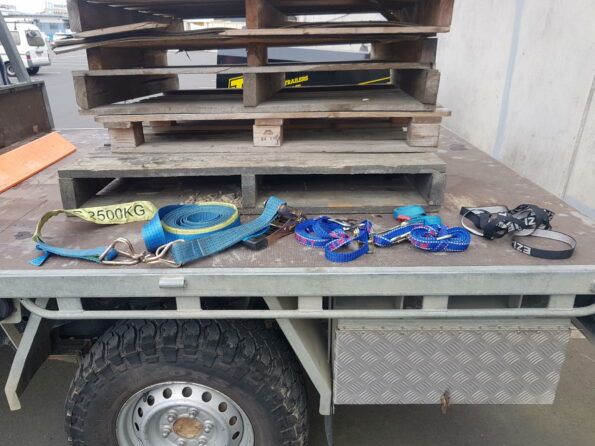
Ratchet straps should be attached close to the droppers, not in the middle of the rope rail span, otherwise it’s easy to bend the rope rail.
Items loaded on a flat deck ute must be restrained adequately. This means that there must be sufficient load securing devices applied to prevent the items moving while cornering, accelerating or braking.
As per a wellside ute, carrying tall, narrow items is a risk because they are prone to tipping. If you need to do this, block the load against the headboard, and also with other items either side and to the rear. A load should not be more than twice as tall as it is wide.
Lockable toolboxes make it easier to secure valuable items on a ute.
Racks
When using additional racks, ensure that long items like poles or wood are choked (i.e. the strap is looped around the items to provide extra friction).
